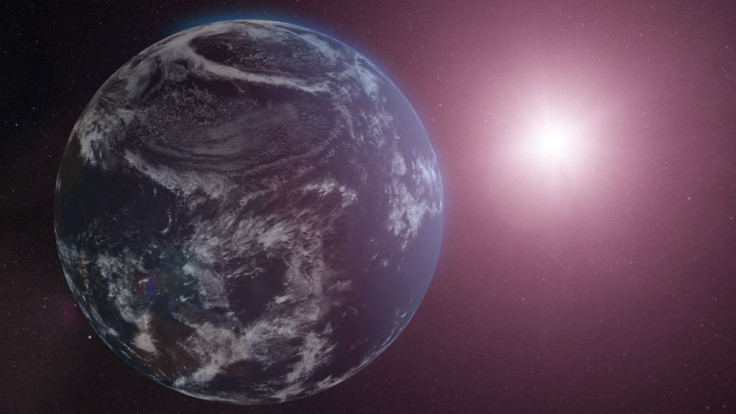Astronaut Captures Day Meeting Night In Beautiful Space Photo

Astronaut Christina Koch captured a beautiful image of the Earth’s surface showing the transition from nighttime to daytime. According to Koch, she was only able to take the stunning photo when the International Space Station (ISS) perfectly aligned with the shadow on the planet.
The astronaut posted the image on Twitter. She noted that the rare moment when the ISS is directly above the line of shadow dividing night and day only happens a couple of times in a year. As shown in the photo, the darkness that’s partially covering Earth’s surface is gradually fading as it gives way to daytime.
Former astronaut Michael Fossum, who was part of NASA’s STS-121 and STS-124 space missions, replied to Koch’s tweet and shared his thoughts on the incredible image. Unlike Koch, Fossum didn’t enjoy seeing Earth under the same conditions when he was in space.
“This was my least favorite time on orbit because our view of my favorite planet was at its worst – always distorted by low angles of light,” he posted. “Couldn’t wait for clear days and clear night to capture images!”
Despite the contrasting view from the former astronaut, Koch still treasures her time in space aboard the ISS. In a previous message to the National Oceanic and Atmospheric Administration, she described her time in the station as a humbling experience especially when viewing Earth from space.
Koch is currently on her second month aboard the ISS. She left Earth on March 14 through the Soyuz MS-12 spacecraft along with astronauts Aleksey Ovchinin and Nick Hague.
Koch was only supposed to stay in space for around six to seven months, which is the usual period for space station missions. However, it was announced in April that her mission has been extended to almost a year, Space.com reported. She is expected to return to Earth in February 2020.
With a space mission that will last for around 330 days, Koch is expected to hold the record for the longest spaceflight by a woman. If her current mission timetable doesn’t change, she will surpass retired astronaut Peggy Whitson’s record of 288 days.
A couple times a year, the @Space_Station orbit happens to align over the day/night shadow line on Earth. We are continuously in sunlight, never passing into Earth’s shadow from the Sun, and the Earth below us is always in dawn or dusk. Beautiful time to cloud watch. #nofilter pic.twitter.com/BYDLv8RFVr
— Christina H Koch (@Astro_Christina) May 20, 2019

© Copyright IBTimes 2024. All rights reserved.





















